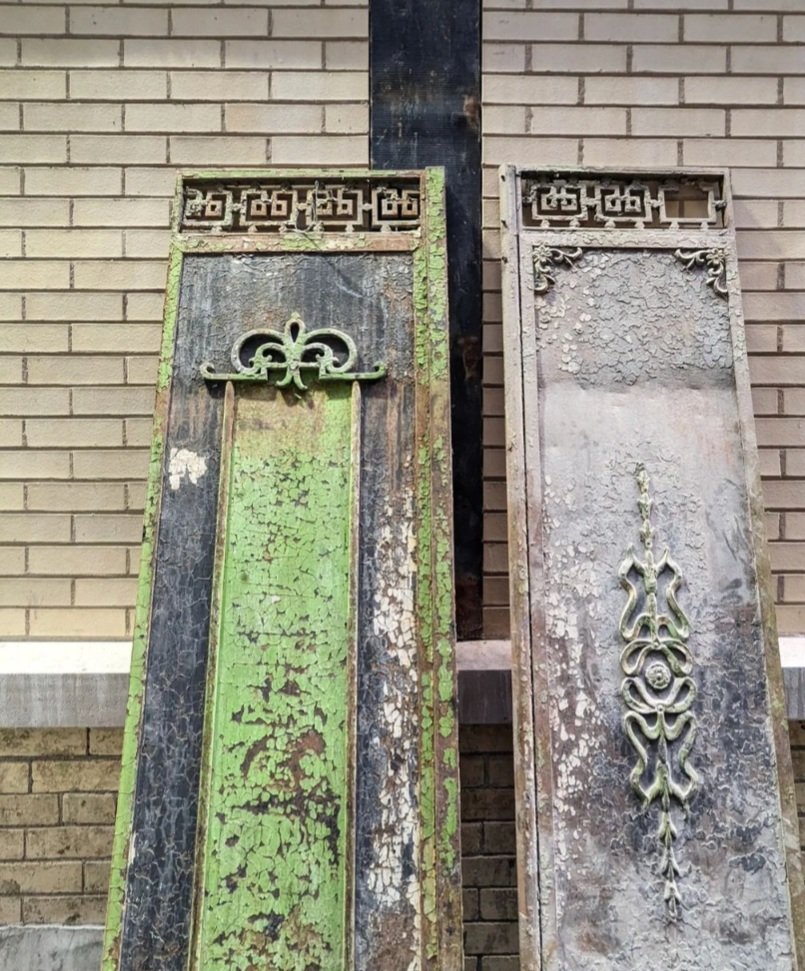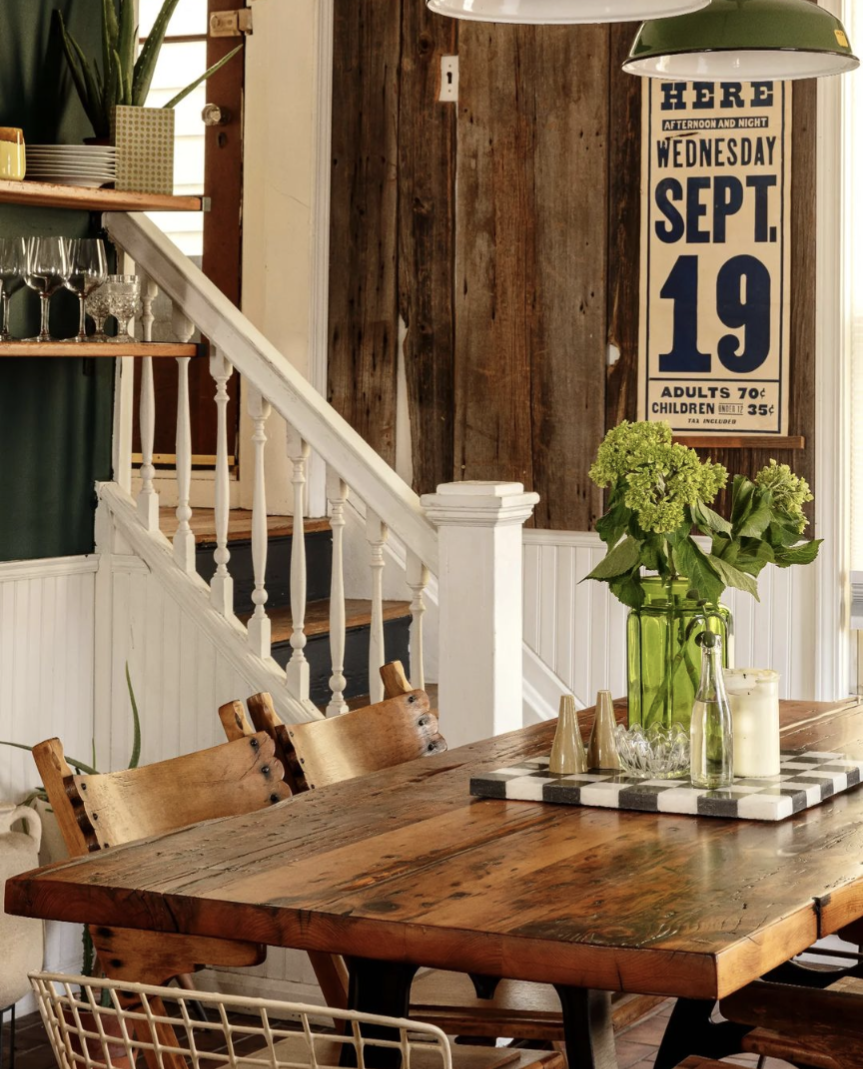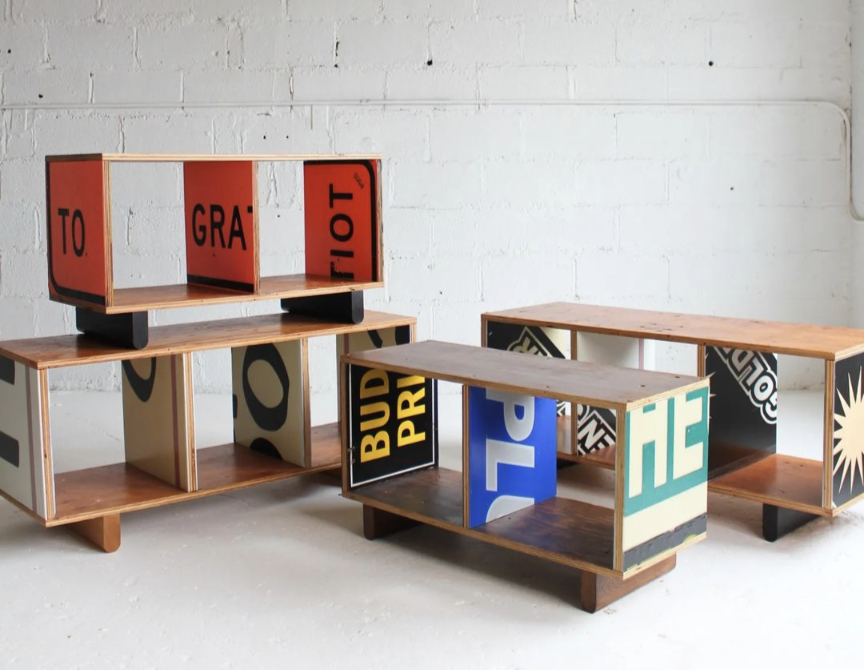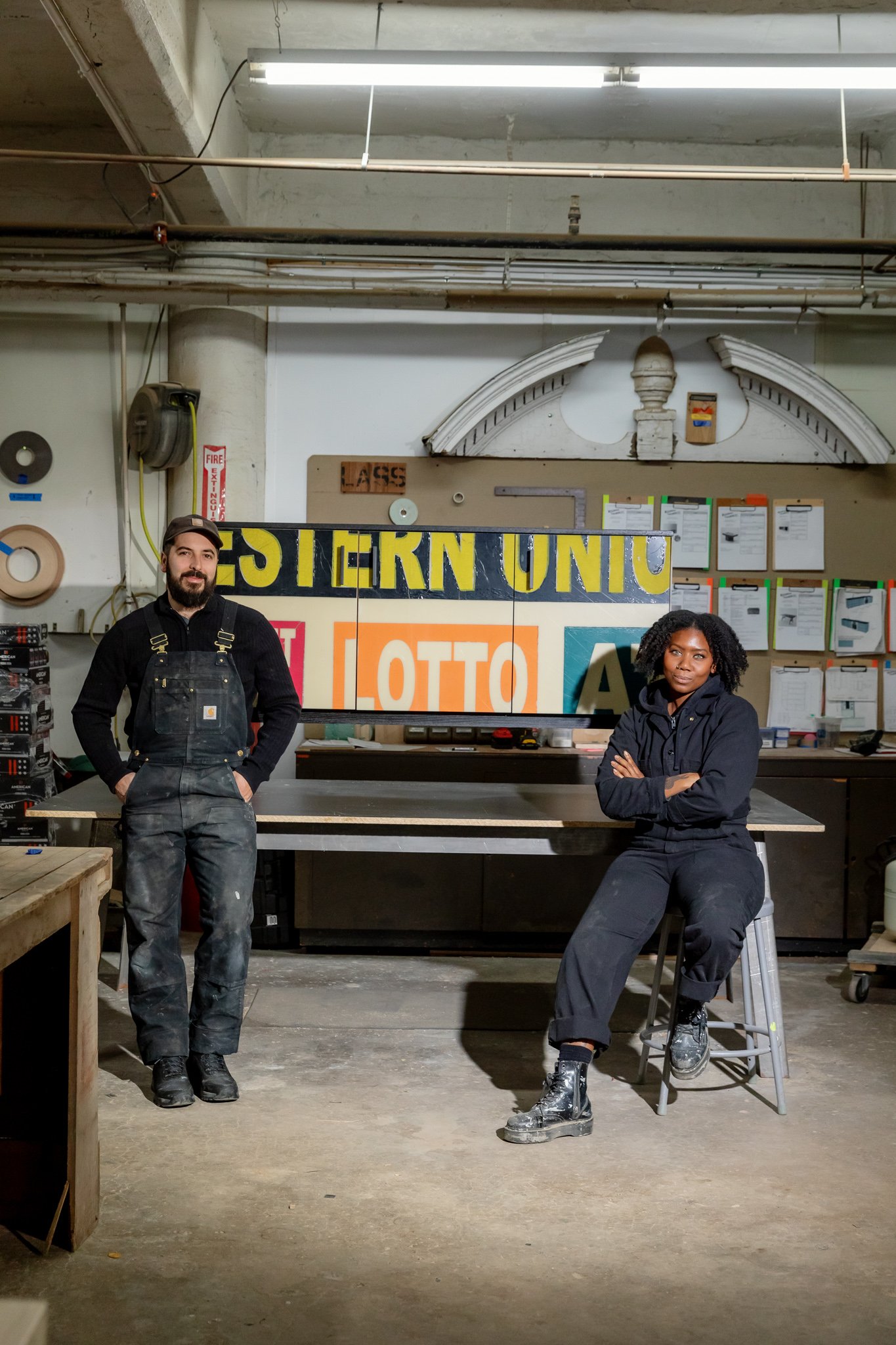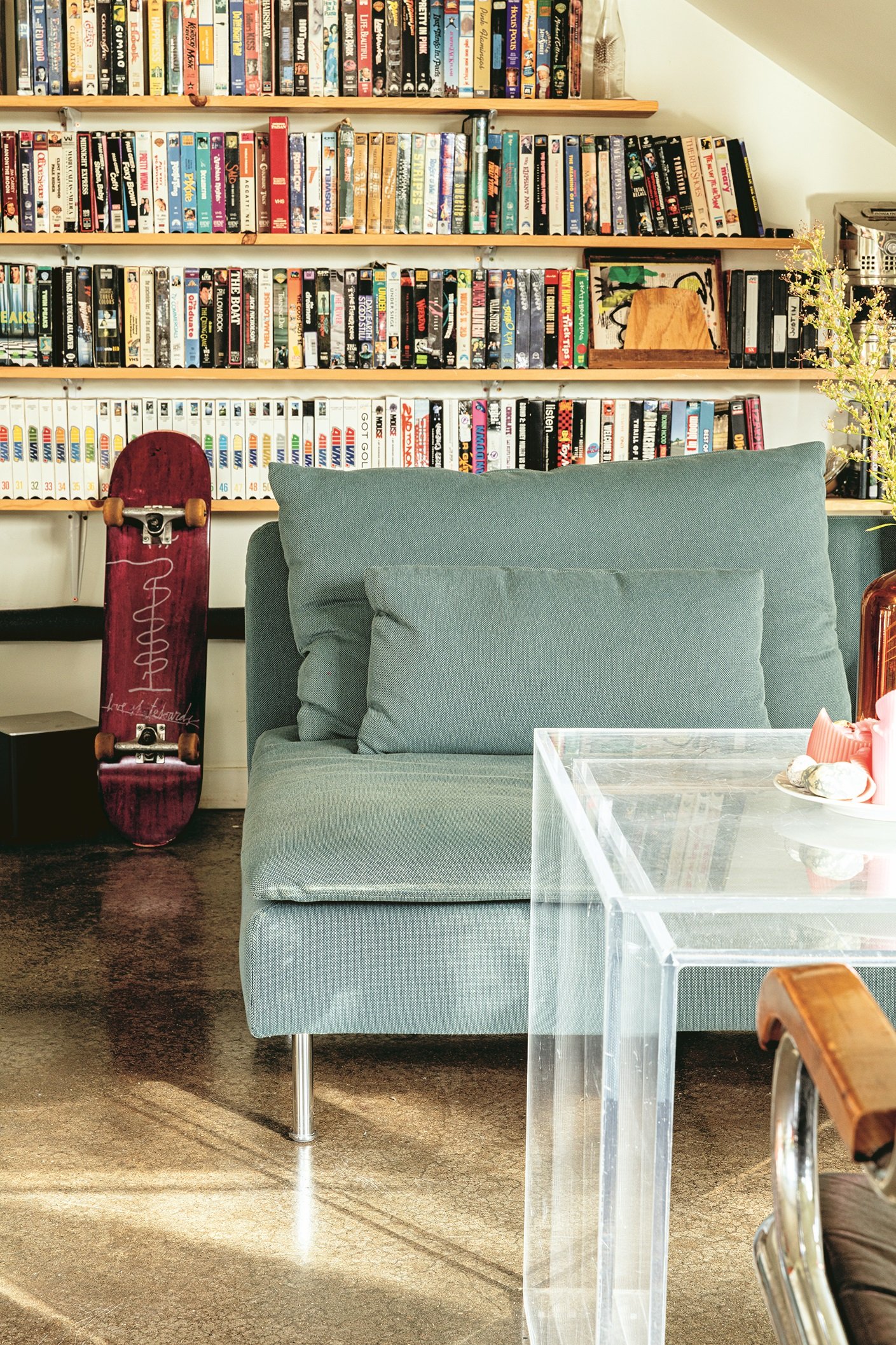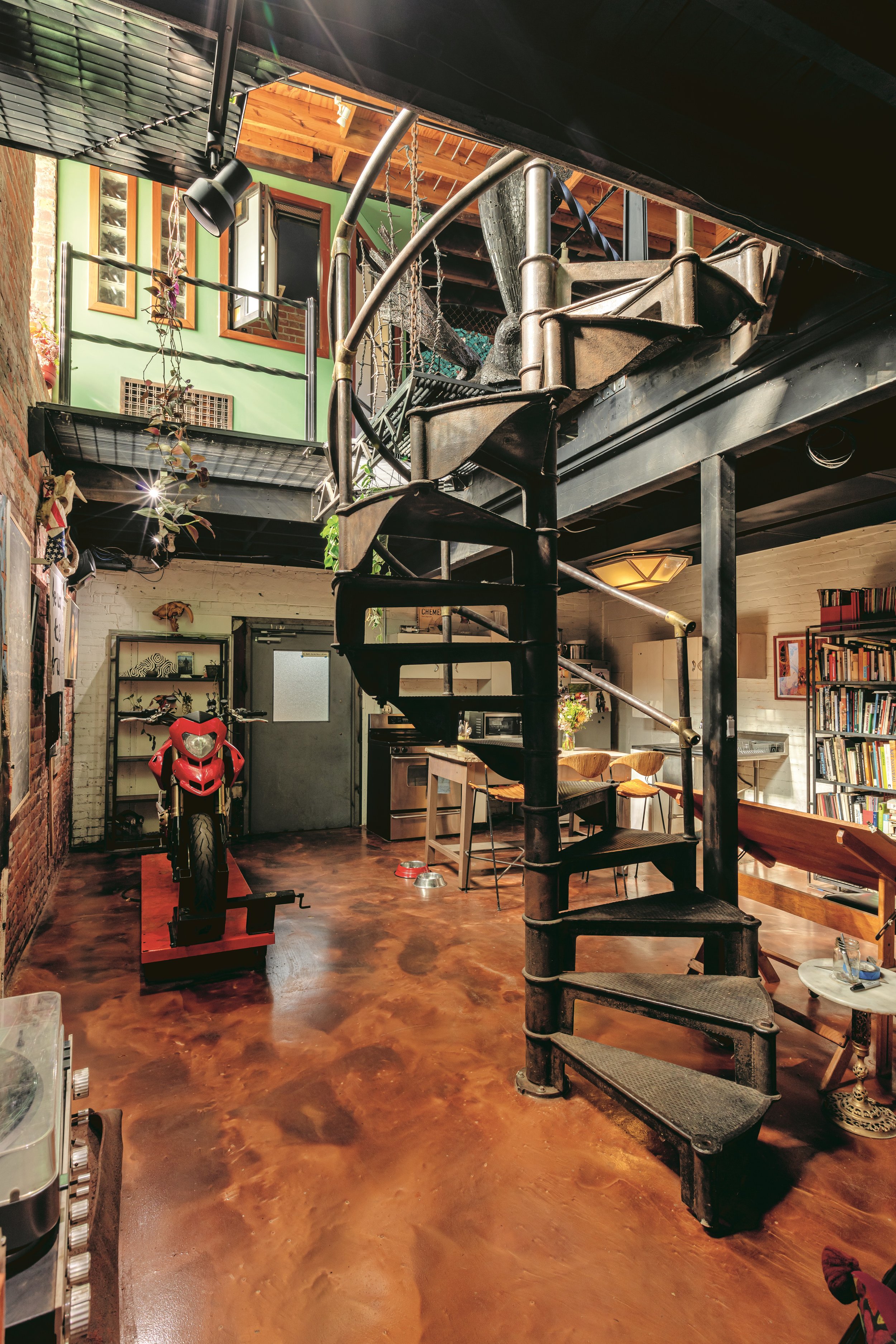Remaking History: Detroit's Salvage Story with Woodward Throwbacks
In this episode of the Slow Style Home podcast, I sat down with Bo Shepard and Kyle Dubé, the founders of Woodward Throwbacks and authors of the new book “Throwbacks Home Interiors”. They share their journey from salvaging materials in Detroit to creating unique furniture pieces with a story. We also explored the philosophy of Slow Style, the importance of trial and error, and how individual pieces can inspire entire rooms. The duo describes how economic downturns led to an abundance of materials for their projects and emphasizes the significance of adaptive reuse in modern home design. We also spoke about the importance of community, preserving historical materials, and contributing to Detroit's revitalization.
KEY TAKEAWAYS
In the latest episode of the Slow Style Home podcast, I sat down with Bo Shepard and Kyle Dubé, the creative minds behind Woodward Throwbacks and co-authors of the book, "Throwbacks Home Interiors." This episode was a window into the journey of Woodward Throwbacks, from salvaging raw materials in the streets of Detroit to crafting unique furniture pieces in their 24,000 square foot warehouse and storefront.
The Evolution of Woodward Throwbacks
Bo and Kyle revealed how Woodward Throwbacks evolved from a passion project born out of a chance encounter to a thriving business dedicated to preserving history through adaptive reuse. They shared how they transitioned from salvaging materials from illegal dumping sites to working with contractors and developers to save architectural elements from buildings undergoing renovations or demolitions.
Fostering Individuality in Design
One of the key takeaways from our discussion was the importance of embracing individuality in design. Bo and Kyle emphasized the beauty of mixing different eras and styles to create truly unique spaces that reflect the homeowner's personality and values. They encouraged listeners to break free from conventional design norms and follow their instincts when it comes to decorating their homes.
The Art of Salvaging and Creative Thinking
Bo and Kyle's passion for salvaging materials and repurposing them into functional art pieces was inspiring. They highlighted the practice of trial and error in their design process, sharing stories of salvaged treasures that eventually found their perfect place in their projects. Emphasizing the idea of creating furniture that tells a story.
Community and Sustainable Living
Throughout our conversation, Bo and Kyle expressed their deep love for Detroit and the vibrant community that fuels their creativity. They spoke passionately about the city's resilience and unique character, emphasizing the importance of giving back to the community and preserving its architectural heritage. Their dedication to sustainability and environmental consciousness is a great example of how design can make a positive impact on the world around us.



